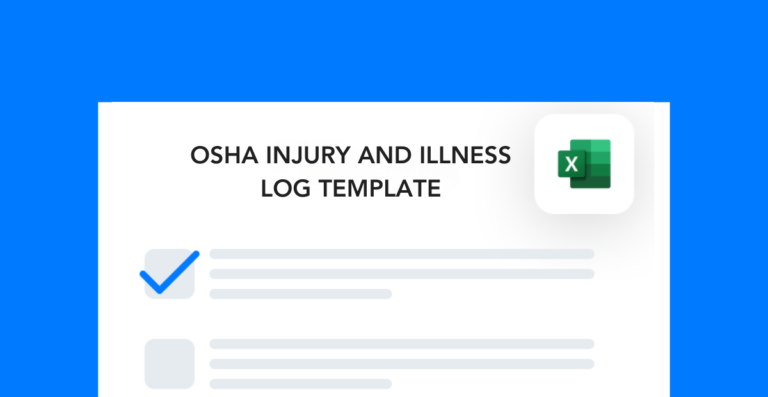Use the content in this cold weather toolbox talk to teach your employees how to stay safe even when weather conditions aren’t ideal. You should conduct weekly toolbox talks to keep your workforce ready for all kinds of situations and hazards. They serve as quick, yet effective, safety refresher content that you can use at standup meetings, in newsletters, or in one-on-one conversations.
Cold weather toolbox talk overview
In this toolbox talk, the main questions we’re answering are:
- What are the dangers of working in cold weather?
- What are the signs of cold-related illnesses?
- How can you stay safe in cold conditions?
Knowing this information will help you come to work better prepared for cold temperatures.
Dangers of working in the cold
One of the biggest dangers of working in low temperatures is cold stress. This is an illness that develops when your body can’t generate enough heat. It causes your body temperature to fall and leads to symptoms like:
- Frostbite
- Trench foot
- Chilblains
- Hypothermia
Aside from temperature, water is the other danger to look out for. Damp work conditions can accelerate some of these cold weather symptoms, making it even harder for your body to regulate its temperature.
Signs of cold stress
While working, it’s critical that you stay in tune with your body and be able to recognize signs of cold stress. These include things like:
- Numbness in your hands, fingers, toes, nose, etc.
- Excessive shivering
- Drowsiness or delirium
- Red or pale skin
You should also be looking for these signs in your coworkers. This is especially true for cognitive signs like delirium. Keep each other safe by always checking for big changes in behavior or mood. These may be signs of cold stress.
Cold weather preparation
It’s always possible to prevent illness by coming prepared for the conditions you’re working in. When it comes to cold weather, you can protect yourself by:
- Checking the weather forecast before work and packing accordingly
- Staying as dry as possible throughout your shift
- Keeping extra clothes like socks, hats, and jackets in your car or work bag
- Dressing in layers to allow maximum heat retention
- Wearing a windproof outer layer
- Keeping your hands and feet covered when possible
Personal safety is a major factor in weather-related workplace safety. You need to notify management if you’re feeling unwell, so they help keep you safe. One of the biggest mistakes you can make is to ignore the signs of cold stress and allow it to grow worse and worse. As usual, solid communication is the key to staying safe and healthy throughout your entire shift, regardless of the weather conditions.




